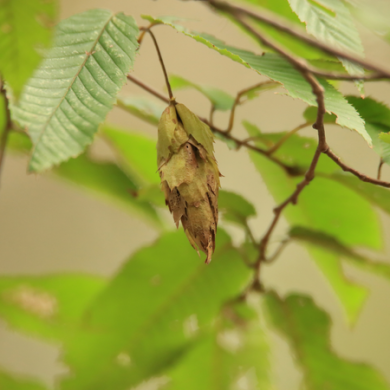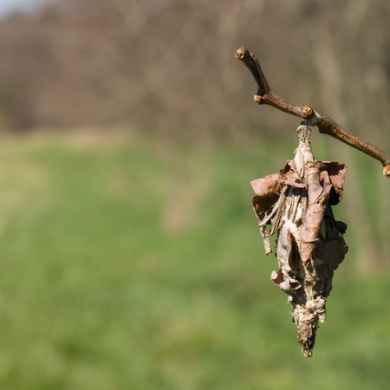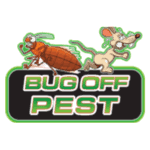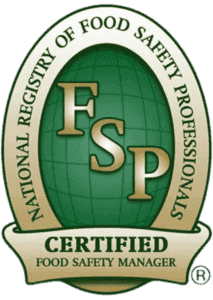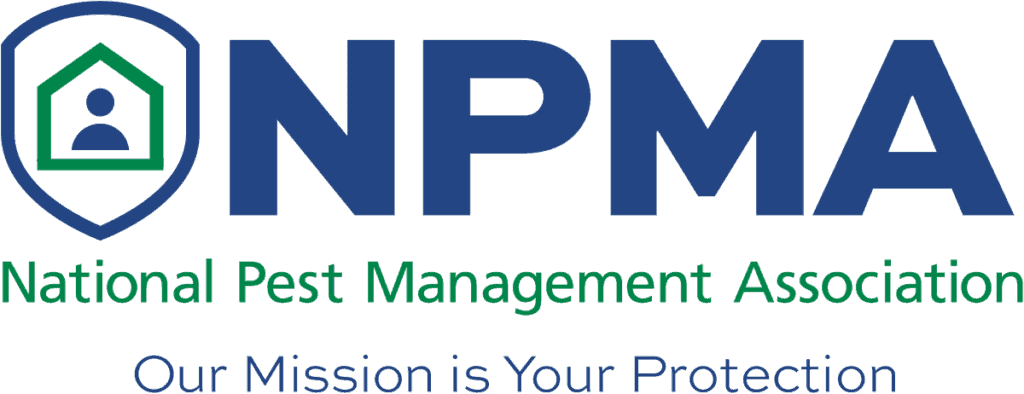Plaster Bagworms
Plaster bagworms, or Thyridopteryx ephemeraeformis, are a type of moth larva that feeds on plaster and stucco. The larvae create long tubes on the surface of your home by excreting sticky silk to form their cocoons. They can also do significant damage to these surfaces if left untreated for too long.
Plaster Bagworms
The Facts About Plaster Bagworms
- The female moth is known for depositing eggs on the larva of the plaster bagworms onto surfaces, and will often lay up to 300 eggs per mm.
- The larvae emerge from those eggs in about 2 months.
- Adult moths produce 100 – 200 eggs during their lifespan.
- They are considered to be a pest in North America and Europe.
- The larvae can measure up to 5 cm long, the color of which varies from green to brown depending on their food source.
- They cast off their larvae prior to turning into moths, with an average lifespan of around 6 weeks.
- Females have hairy wings with white or grey overtones.
- The first plaster bagworms were discovered in the 1800s on the east coast of North America, and have since then spread to the Midwest and parts of Canada.
The Plaster bagworm is a common pest which can be found on plants and trees in Charlotte County. The first indication of the presence of these insects is when leaves begin to turn yellow and become partially or completely defoliated. Both damages by feeding and the sawdust-like frass that accumulates underneath symptoms indicate the infestation of plaster bagworms.
Plaster Bagworm Lifecyle and Habits
The plaster bagworms are a species of moth which spend the winter in cocoons attached to bark, leaves, or fences. In Charlotte County, these larvae develop from egg hatchings between May and July. When fully grown, they measure up to 3 inches long.
The caterpillar sacks produced by these insects are made of silk and particles of whatever they have eaten, which include leaves, plant shoots, bark fragments, and gravel. They often attach the sack to a branch or some other object using a few strands of silk. The mature larvae are able to move within the bag, but cannot escape it because they lack prolegs. This behavior results in a sack completely filled with larvae and their droppings, so it is not recommended to handle them without gloves!
Signs of an Infestation of Plaster Bagworms
Plaster bagworms are a type of moth larva that feed on the eggs of wild, domesticated, and commercial chickens. These larvae spin tough, silken cocoons covered in sand or soil that resemble traditional plaster bags used for creating structures with cement mixtures. In fact, their name comes from this practice.
Plaster bagworms are difficult to see at first glance because they blend in well with the surfaces where they spin their cocoons. If you don’t know what to look for, plaster bagworm infestations can go undetected for a while.
Signs of an Infestation Include
- Small holes in plaster
- Irregular brown patches on the exterior of structures, resembling areas where cement has dried
- Silken cases covered with sand and soil on the exterior of structures
